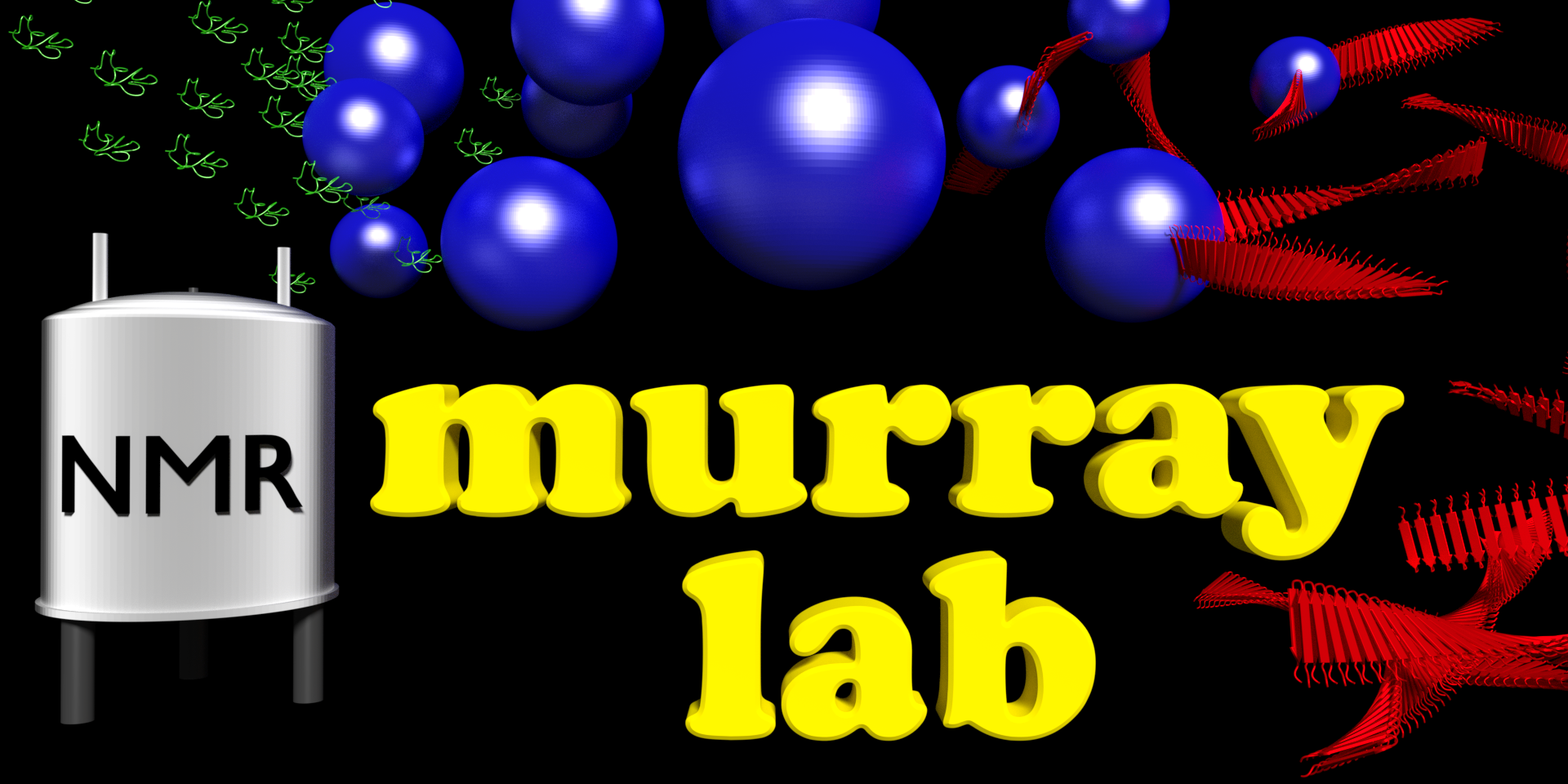research overview
Broadly speaking, we are interested in the structure, dynamics, and function of biomolecular condensates, or protein phase separations. In cells, RNA-binding proteins transition between disordered monomeric, liquid droplet, and aggregated phases. These distinct chemical states are important for the regulation of RNA metabolism and degenerative disease pathology. We reproduce this behavior in the test tube and apply the tools of biophysical chemistry to understand the underlying chemistry of these phase transitions. Solid and solution state magnetic resonance are used to characterize structure and dynamics of molecules in the various types of biomolecular condensates. Calorimetry and fluorescence are used to quantitatively measure thermodynamic and kinetic properties of biomolecular condensate formation and the transitions between them. However, we use the appropriate experimental tool for the question at hand and have access to a plethora of instrumentation at the UC Davis Chemistry Department and throughout the campus-wide research community. Our results are then used to understand how cells regulate RNA metabolism and how it is affected by clinical disease mutations. Through future collaborations, we will help guide the development of drug treatments and inspire new imaging agents for the early detection of disease.
“condensate colloquium series” talk
“molecular bases of proteinopathies” symposium talk
take2 interview at the national high magnetic field laboratory
three minute thesis at the national institute of general medical sciences
